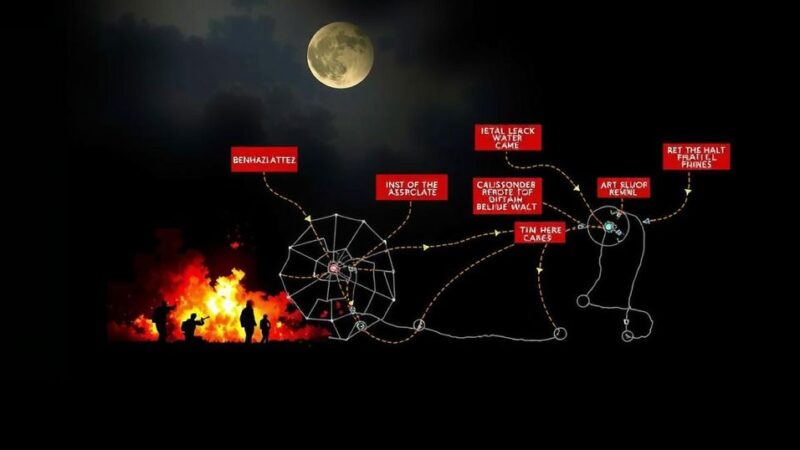Hurricane Milton has rapidly intensified into a major hurricane, threatening Florida’s west coast with historic storm surge levels of up to 12 feet. Following the devastation from Hurricane Helene, areas including Tampa, St. Pete, and Sarasota are bracing for impacts that could lead to catastrophic flooding. The storm’s trajectory is critical, and while heavy rain is expected, residents are advised on evacuation protocols to ensure safety.
Hurricane Milton has quickly intensified, evolving into a major hurricane poised to impact Florida’s west coast within short succession after Hurricane Helene recently devastated the region. The National Hurricane Center has issued forecasts predicting storm surges of up to 12 feet from Venice to Tarpon Springs, impacting cities such as Tampa, St. Petersburg, Clearwater, and Sarasota, marking the highest storm surge forecast ever recorded for the Tampa Bay area. Florida’s Sun Coast, particularly areas like Treasure Island, which recently encountered unprecedented storm surge flooding from Helene, faces an even greater risk with Milton, as forecasts suggest potential surge levels nearly double that of the previous hurricane. Should Milton’s center approach or pass north of Tampa Bay, it could result in the most severe storm surge the Tampa vicinity has experienced in over a century. The trajectory of Milton is pivotal in determining where the worst of the storm surge may make landfall. Forecasting models indicate that minor deviations of 20 to 30 miles can significantly influence the extent of flooding. Historical data shows that storm surge has consistently been the deadliest hurricane hazard, contributing to over half of hurricane-related fatalities in the last 50 years and prompting precautionary evacuations. Currently, a storm surge watch is in effect along Florida’s entire west coast, extending to Cedar Key in the Big Bend region. Residents in low-lying coastal areas at risk are advised that often a short inland evacuation may suffice to find safer, elevated ground. Milton is currently undergoing rapid strengthening and is forecasted to reach near Category 5 intensity by Tuesday morning, a rare occurrence later in the hurricane season. Despite the potential for some weakening due to upper-level winds as the storm approaches land, its growing size could still generate a wider storm surge and impact a larger area as it moves inland. The storm poses a heightened wind damage risk in regions north of Lake Okeechobee extending through the I-4 corridor, with models providing consistent forecasts for Milton’s inland path between Fort Myers and Cedar Key. A further complicating factor is the precipitation; southeastern Florida has already experienced substantial rainfall, leading to localized flooding. Additional heavy rainfall is expected, particularly in Miami-Dade and Broward Counties, with forecasts anticipating a severe flood risk for northeast Florida following Milton’s landfall. Concurrent with Milton, two additional hurricanes, Leslie and Kirk, are actively forming in the Atlantic, marking a historical occurrence of three simultaneous hurricanes in October.
The region is currently under threat from Hurricane Milton, which is forecasted to produce significant storm surges and severe weather conditions. This follows closely on the heels of Hurricane Helene, highlighting vulnerabilities in Florida’s coastal areas to hurricane-induced flooding. The National Hurricane Center plays a critical role in monitoring these storms and alerting communities to potential hazards, following historical patterns of storm surge-related fatalities. Accurate tracking of hurricanes is essential for effective preparedness and response efforts.
In summary, Hurricane Milton is projected to bring catastrophic storm surge and hazardous conditions to Florida’s west coast, following the recent impact of Hurricane Helene. The storm is anticipated to be extremely powerful as it approaches land, with particular concern for the areas of Tampa Bay and surrounding regions. Evacuations and safety measures are critical as residents prepare for the potential consequences of this significant weather event.
Original Source: www.local10.com





